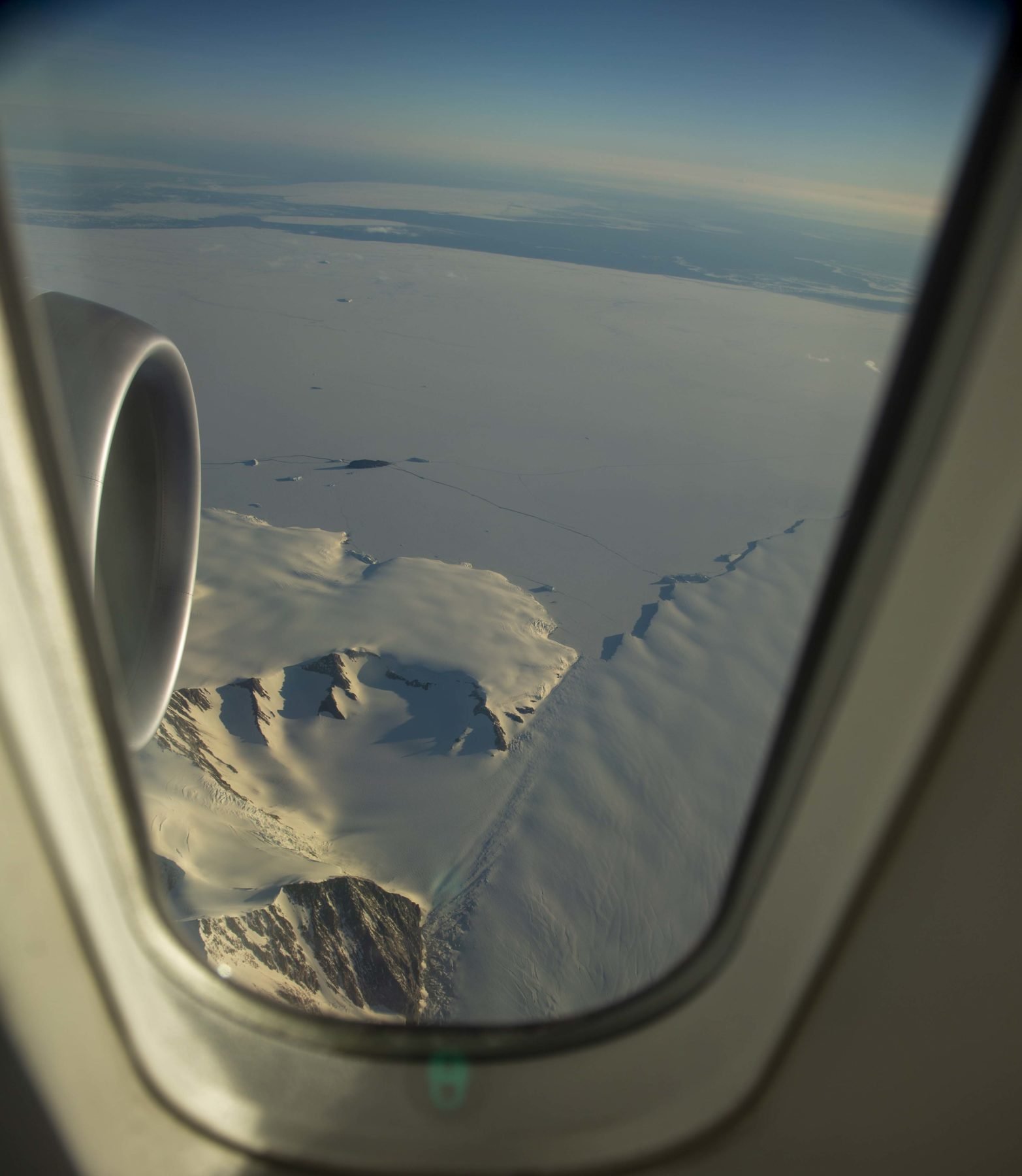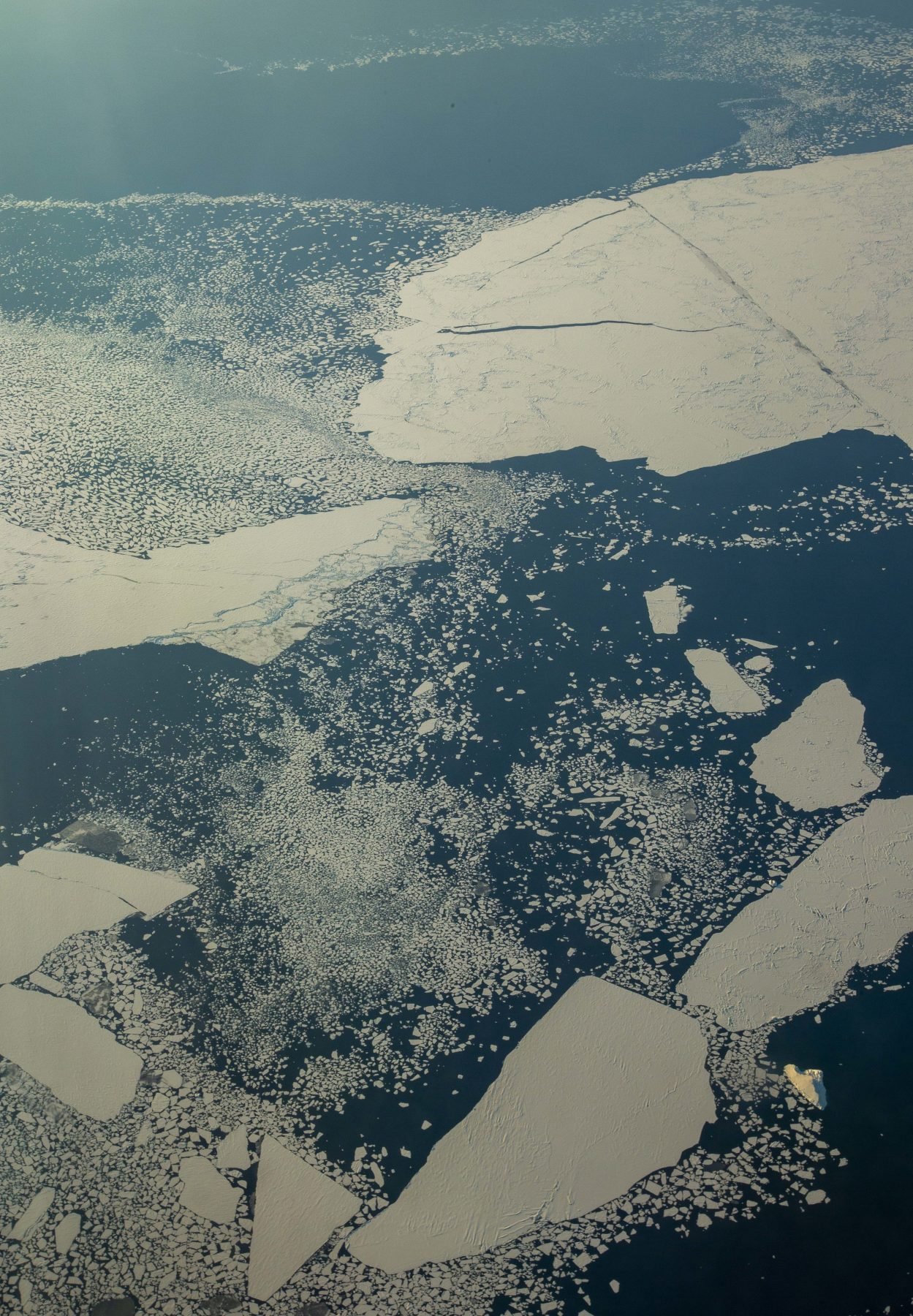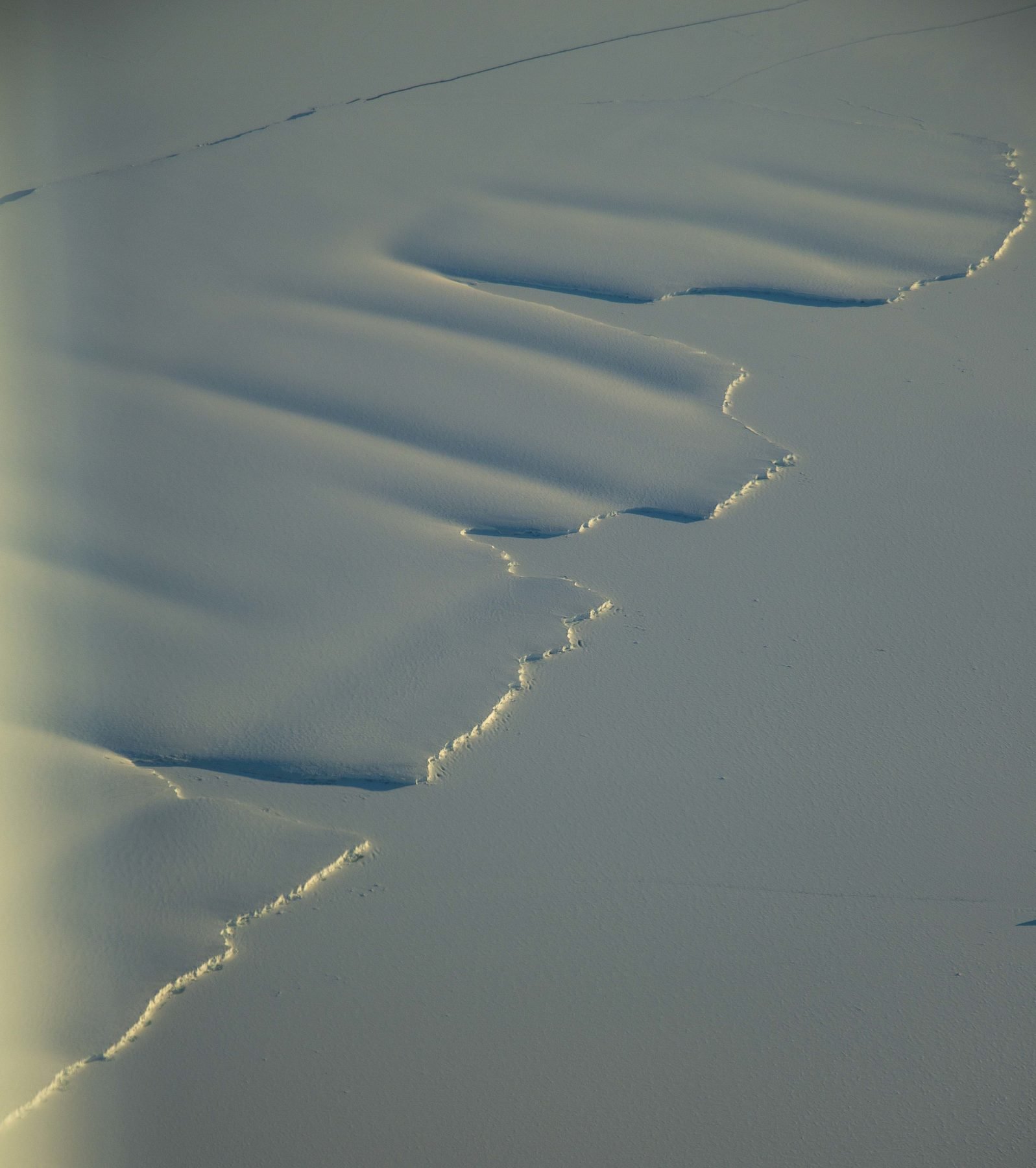Antarctica by air

My New Near’s Eve is often spent fighting my fellow revellers for a half-decent view of the fireworks along Sydney’s crowded foreshore. I inevitably leave it far too late to head into the city and find myself craning for a glimpse of the annual spectacular from behind some vast harbourside edifice. This time around, however, after two years of being grounded due to COVID, I decided to ring in the changes aboard a sightseeing flight to Antarctica.
I set off for the airport with fairly low expectations – after all, how much can you really expect to see from a plane window? But the idea of spending New Year aboard a flying party bus with the latest movies at the touch of a screen, food and drink delivered to my seat and someone else to do the clearing up sounded like my kind of celebration.
A few hours into the flight I had to tear my gaze away from the new James Bond flick when a frisson of excitement swept through the cabin. Through the window, white forms and patterns were taking shape far below, and what looked at first to be occasional clouds began to reveal themselves as patches of floating sea ice. They quickly multi- plied, growing larger and denser until they formed a vast, flawless ice sheet that spread as far as could be seen. We had arrived at the sharp floating rim of the great white continent over the Ross Sea in East Antarctic.

Dick Smith, founder of Australian Geographic, pioneered tourist flights to Antarctica when he chartered a Boeing 747 “jumbo jet” from Qantas to take a group of enthusiasts south on 13 February 1977 on what was dubbed “Dick Smith’s Antarctic Antic”. The maiden flight was a sellout and subsequent flights proved hugely popular. Nowadays travel company, Antarctica Flights, operates these aerial sightseeing tours from all the state capitals and Canberra during the summer months aboard Qantas charter flights.
Until their retirement in 2020, jumbo jets still plied the route, but the Boeing 787 Dreamliner has now replaced those much-loved workhorses of the skies and, boasting the largest windows of any commercial jet – 27cm x 47cm, which is up to 30 per cent bigger than similar commercial aircraft – it’s perfect for this experience. The round trip takes approximately 15 hours; five hours each way and a good 4–5 hours over the continent. You don’t need a passport and all flights are fully carbon offset through Carbon Neutral, a carbon solutions provider and carbon offset developer.
During the flight we also participated in an auction to raise funds for polar research via the Antarctic Science Foundation.
As we continued south, the floating icecap ended abruptly at its intersection with the Antarctic continental land- mass and the aircraft descended from its cruising altitude to around 1800ft, where the clear air makes everything look even closer – 007 was no longer a match for the drama unfolding outside my window!
The scenery was jaw dropping. Despite the lateness of the hour, the midnight sun illuminated the steep flanks of rugged nunataks, or mountain peaks, as they pierced the thick blanket of ice and freshly fallen pillowy snow. Heavily crevassed glaciers flowed down from the polar plateau towards the coast. We were flying over the Admiralty Range in the vicinity of Cape Adare; place names immortalised during the Heroic Age of Antarctic exploration, and now evoking for me those enduring tales of courage and survival and their leading characters like Mawson, Scott, Shackleton and Amundsen.

Credit: Chrissie Goldrick
Captain Sean Golding and his flight crew deftly manoeuvred the plane around the sights for the next few hours to ensure everyone got great views. We were entertained with expert commentary from Peter Hicks, a glaciologist and veteran of the Australian Antarctic research base Casey Station where he was stationed for a season in 1980, and Greg Fitzgerald, a former Qantas captain with ample experience of flying jets here.
Like a pair of seasoned gridiron callers, they identified geological features and swapped stories and anecdotes from Antarctic history for four hours straight.
As we came close to Australia’s Casey Station, Captain Golding established a live link to the station’s team leader Dave Buller who described daily life on the base where 100 people were stationed including cooks, scientists and tradespeople. He explained the Australian Antarctic Division’s current project to extract an ice core containing a one-million-year record of Earth’s climate and atmospheric history. It’s one of the most ambitious projects ever undertaken in Antarctica, and how, in late 2022, a team will travel to a site high on the Antarctic Plateau, 1200km from the base, to conduct the core drilling operation.
As midnight approached, we charged our glasses ready to toast the start of the new year led by Captain Golding who quoted from Ernest Shackleton’s British Imperial Trans-Antarctic Expedition (1914–1916) diary. Not long after, we happily swapped seats, so everyone on board could spend some quality time at the window.

The night wore on and the sights kept on coming. The peak of 4163m Mount Minto was an opportunity to recall how this perilous mountain was first climbed by an Australian Geographic Society-assisted expedition team in 1988 that included Greg Mortimer. Other sights included international research stations Jang Bogo (South Korea) and Mario Zuchelli (Italy). We circled the volcanic caldera of Mount Melbourne a few times before venturing as far as the McMurdo Dry Valleys with a glimpse of distant Mount Erebus before turning homewards in the wee small hours of the first day of a brand-new year.
The cabin gradually fell quiet as the passengers drifted off to sleep. It was a moment to reflect on what an extraordinary experience this flight is.
Most ship-based Antarctic tourism centres on the Antarctic Peninsula with its proximity to South America and the short (but often turbulent) Drake Passage crossing, while the East Antarctic – with its epic scenery and unfathomable scale – is mostly reserved for the few who get to work at remote research stations. It’s the stage on which hardy explorers like the Mount Minto climbers prove their mettle. It’s not a place for the likes of most of us aboard the aircraft on this New Year’s Eve. And yet, here we are. We might be spared the cold and the effort, but we are exploring it nevertheless and experiencing its awe-inspiring majesty. It’s not just a joyride. It’s so much more than that and it leaves an indelible impression of a unique environment that few ever get to see.
Fly to Antarctica in a day! Become one of the privileged few to witness the desolate beauty of this untamed polar landscape. Aboard our chartered, state-of-the-art 787 Dreamliner, you will experience unparalleled Antarctic viewing over vast and various landscapes. Enjoy the bespoke, full Qantas service – including premium drinks, delicious meals and talks from Antarctic expeditioners and up to four hours over the ice – it’s an experience like no other. Departing most state capitals.
Dates & prices
November 2022–February 2023
From $1199pp
Contact Antarctica Flights or call 1800 633 449.




